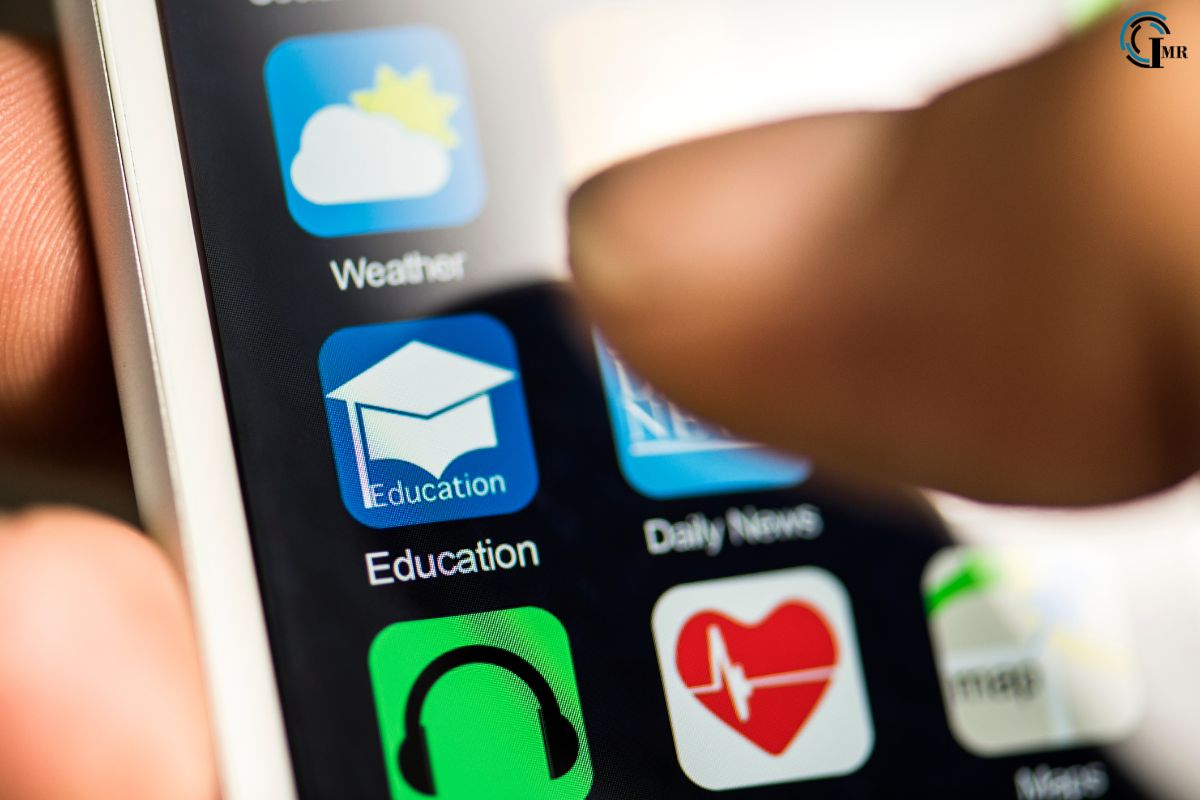What Is K12? 5 Facts About K12 Technology

In the realm of education, K12 technology plays a pivotal role in shaping the learning experiences of students from kindergarten through 12th grade.
This article delves into its definition, components, benefits, challenges, and future trends to provide a comprehensive understanding of its significance in modern education.
1. Defining K12 Technology
K12 Technology: What exactly does it encompass?
K12 technology refers to the integration of digital tools and resources tailored specifically for the educational needs of students in kindergarten through 12th grade. It encompasses a wide range of technologies designed to enhance teaching, learning, and administrative processes within K12 institutions.
2. Key Components
Understanding: Key elements and functionalities.
- Learning Management Systems (LMS): Platforms that streamline course management, curriculum delivery, and student assessment, facilitating personalized learning experiences.
- Educational Apps and Software: Interactive applications and software solutions that supplement classroom instruction and support remote learning environments.

- Digital Content and Resources: Access to digital textbooks, multimedia materials, virtual libraries, and online databases that enrich curriculum content and support diverse learning styles.
- Classroom Technology: Interactive whiteboards, projectors, tablets, and other devices that promote student engagement, collaboration, and interactive learning experiences.
- Administrative Systems: Tools for student information management, attendance tracking, grading, and communication between educators, students, and parents.
3. Benefits
Advantages of K12 Technology: How does it enhance the educational experience?
- Enhanced Learning Outcomes: Improves student engagement, motivation, and academic performance through interactive and multimedia-rich learning experiences.
- Personalized Learning: Adapts instructional content and pace to cater to individual student needs, strengths, and learning preferences.
- Accessibility and Inclusivity: Provides equitable access to educational resources, supporting diverse learners including those with disabilities or learning challenges.
- Teacher Efficiency: Streamlines administrative tasks, automates grading, and facilitates data-driven decision-making to optimize teaching strategies and student support.
- Preparation for Future Careers: Equips students with digital literacy skills, critical thinking abilities, and technological proficiency essential for success in a digital age workforce.
4. Challenges in Implementing it
Challenges of K12 Technology: What obstacles do educators and institutions face?
- Digital Divide: Disparities in access to technology and reliable internet connectivity among students and schools, impacting equitable educational opportunities.
- Professional Development: Educator training and ongoing support to effectively integrate and utilize K12 technology tools and resources in instructional practices.
- Data Privacy and Security: Safeguarding student data, compliance with privacy regulations, and protecting against cybersecurity threats and data breaches.
- Infrastructure and Funding: Budget constraints for acquiring and maintaining technology infrastructure, software licenses, and upgrades necessary for effective implementation.
- Resistance to Change: Cultural and organizational barriers to adopting new technologies, overcoming skepticism, and fostering a culture of innovation in educational settings.
5. Future Trends
Future of K12 Technology: What innovations lie ahead?
- Artificial Intelligence (AI) in Education: AI-driven personalized learning platforms, virtual tutors, and intelligent analytics to enhance adaptive learning experiences and student outcomes.

- Augmented Reality (AR) and Virtual Reality (VR): Immersive technologies for virtual field trips, interactive simulations, and experiential learning in subjects like science, history, and STEM education.
- Gamification and Learning Analytics: Integration of game-based learning principles and data analytics to improve engagement, motivation, and learning efficacy.
- Blockchain for Credentialing: Transparent, secure credentialing and digital badges to validate student achievements and skills acquired through K12 education.
- Mobile Learning (mLearning): Expansion of mobile-friendly educational apps and platforms, supporting anytime, anywhere learning and personalized learning paths.
6. Integration Across Educational Settings
K12 Technology: Applications and integration in diverse educational contexts.
K12 technology integration extends beyond traditional classroom settings, impacting various educational environments:
- Public Schools: Integration of digital learning platforms, interactive whiteboards, and educational software to enhance curriculum delivery and student engagement.
- Private Schools: Adoption of personalized learning technologies, online assessment tools, and digital content libraries to cater to diverse student needs and enhance educational outcomes.
- Charter Schools: Utilization of blended learning models, virtual classrooms, and collaborative tools to support personalized instruction and academic achievement.
- Homeschooling: Access to online courses, virtual academies, and educational resources that facilitate home-based learning experiences aligned with state standards and individualized learning plans.
7. Innovations Driving the Future
K12 Technology: Innovations shaping the future of education.
- Artificial Intelligence (AI) in Adaptive Learning: AI-powered algorithms analyze student data to personalize learning paths, recommend educational content, and provide real-time feedback based on individual learning preferences and performance metrics.
- Enhanced Digital Citizenship Education: Integration of digital literacy programs, internet safety courses, and responsible online behavior initiatives to equip students with essential skills for navigating the digital landscape responsibly.
- Collaborative Online Learning Environments: Cloud-based platforms, collaborative tools, and virtual learning communities that promote peer-to-peer interaction, group projects, and collaborative problem-solving across geographical boundaries.
- Smart Classrooms: IoT-enabled devices, smart boards, and connected learning environments that facilitate real-time data sharing, interactive lessons, and seamless integration of digital content into daily instructional practices.
- Global Learning Experiences: Virtual exchange programs, international collaborations, and cross-cultural learning initiatives that broaden students’ perspectives, cultural awareness, and global competencies through digital connectivity.
8. Addressing Equity and Inclusion
K12 Technology: Strategies for promoting accessibility and equity.
- Digital Equity Initiatives: Closing the digital divide through equitable access to devices, broadband internet, and technology resources for underserved communities and economically disadvantaged students.
- Universal Design for Learning (UDL): Flexible instructional strategies, accessible digital content, and assistive technologies that accommodate diverse learning styles, abilities, and individualized educational needs.

- Language and Cultural Sensitivity: Multilingual digital resources, culturally responsive curricula, and inclusive educational materials that honor linguistic diversity and foster a supportive learning environment for English language learners (ELL) and multicultural student populations.
- Community Partnerships: Collaborative efforts with local organizations, nonprofits, and community stakeholders to provide wraparound services, technological support, and family engagement initiatives that enhance student success and well-being.
- Continuous Evaluation and Improvement: Ongoing assessment, data analysis, and stakeholder feedback to monitor the effectiveness of K12 technology initiatives, identify areas for improvement, and implement evidence-based practices that promote equitable outcomes for all learners.
Conclusion
In conclusion, It continues to redefine educational paradigms, offering transformative tools and resources to enhance teaching, learning, and administrative efficiencies in K12 institutions. By embracing technological innovations, addressing implementation challenges, and preparing for future trends, educators and stakeholders can harness the full potential of K12 technology to foster equitable, engaging, and effective learning environments for students worldwide.





Comments